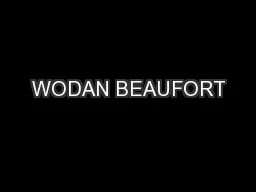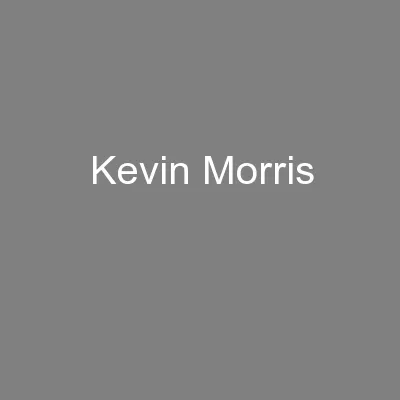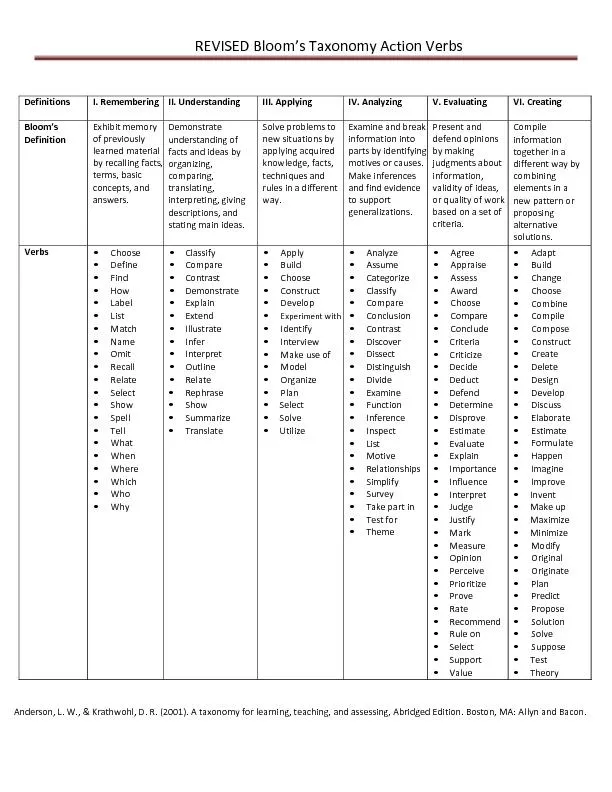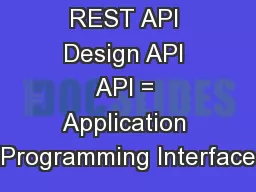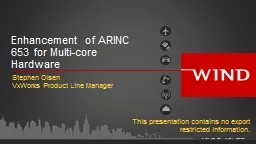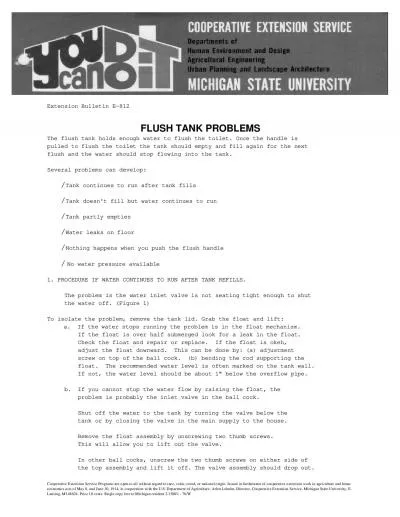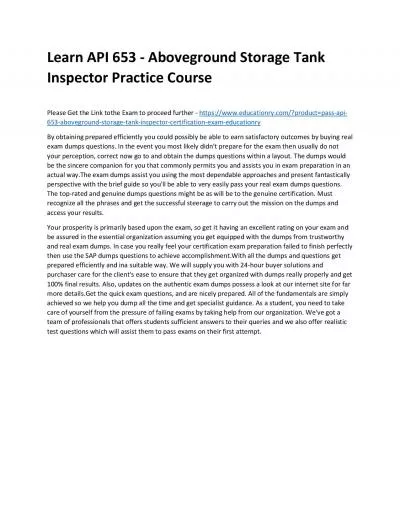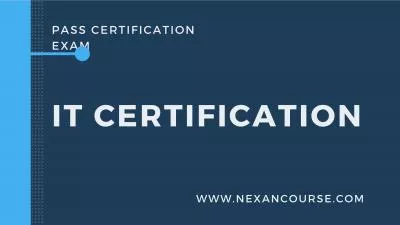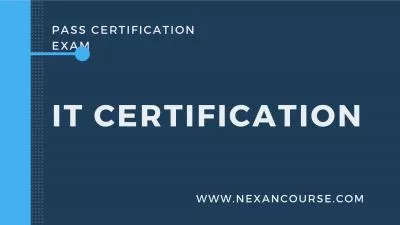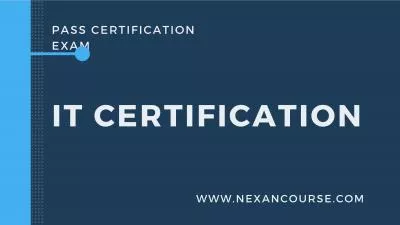PPT-API 652/653 – How it Apply’ s to Internal Tank Linings
Author : phoebe-click | Published Date : 2018-09-29
Presented By Darryl Corbin Nov 18 2016 Agenda Introduction Who is API and how can it influence a lining selection What is AP I652 and how does it apply to linings
Presentation Embed Code
Download Presentation
Download Presentation The PPT/PDF document "API 652/653 – How it Apply’ s to Int..." is the property of its rightful owner. Permission is granted to download and print the materials on this website for personal, non-commercial use only, and to display it on your personal computer provided you do not modify the materials and that you retain all copyright notices contained in the materials. By downloading content from our website, you accept the terms of this agreement.
API 652/653 – How it Apply’ s to Internal Tank Linings: Transcript
Download Rules Of Document
"API 652/653 – How it Apply’ s to Internal Tank Linings"The content belongs to its owner. You may download and print it for personal use, without modification, and keep all copyright notices. By downloading, you agree to these terms.
Related Documents

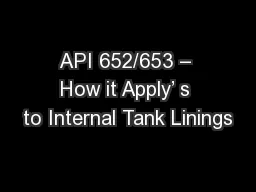
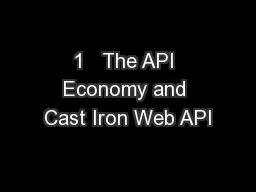
![TOLL RATE SCHEDULE - CLASS 1 Passenger Cars (2 Axles) [E-Z = E-ZPass]](https://thumbs.docslides.com/200984/toll-rate-schedule-class-1-passenger-cars-2-axles-e-z.jpg)
